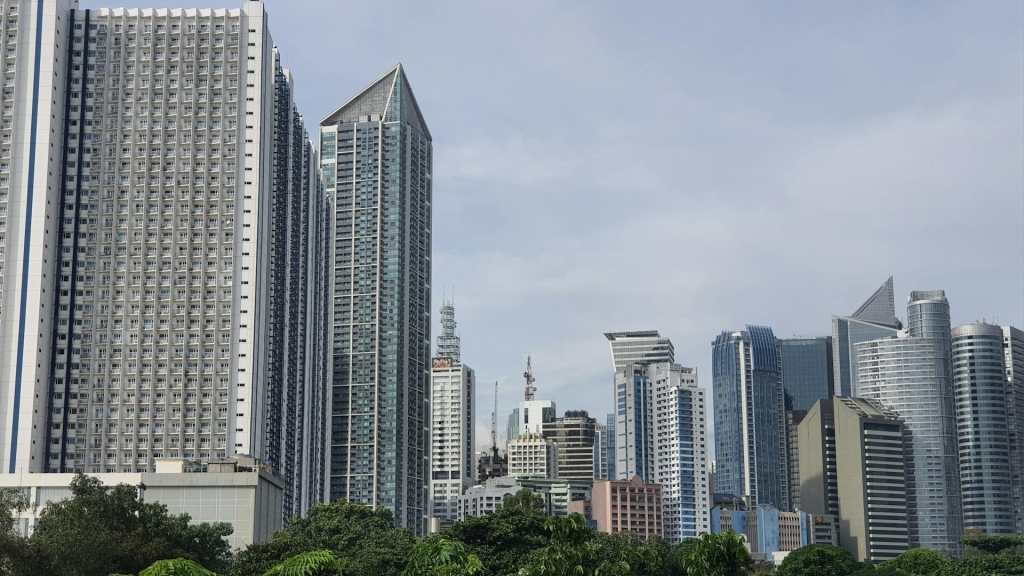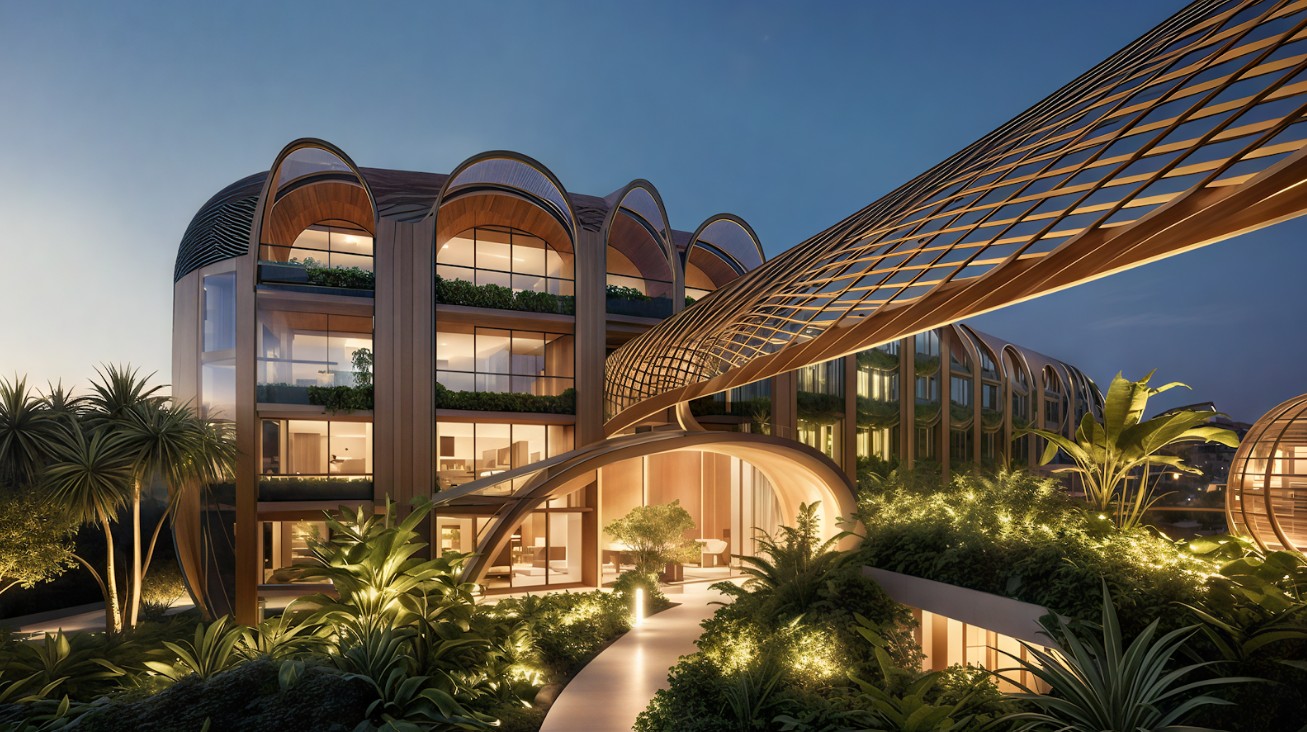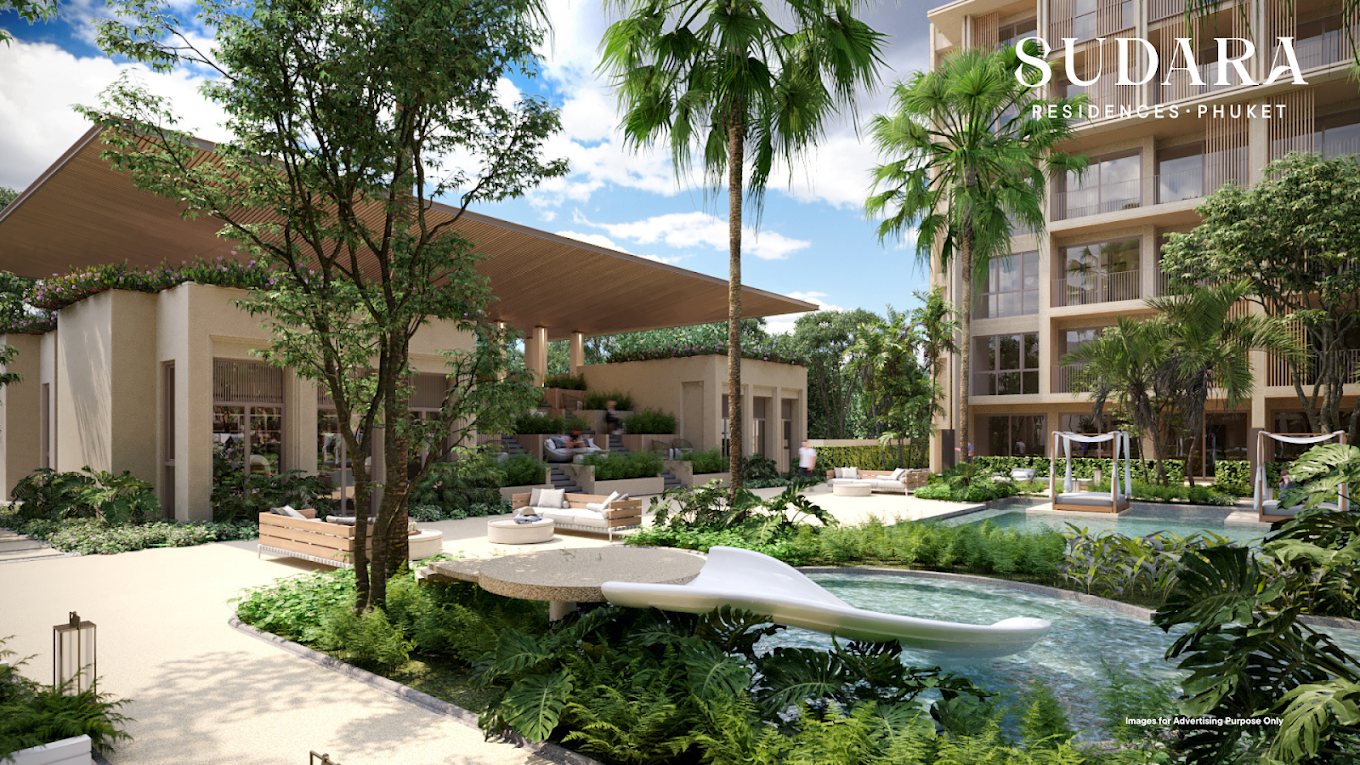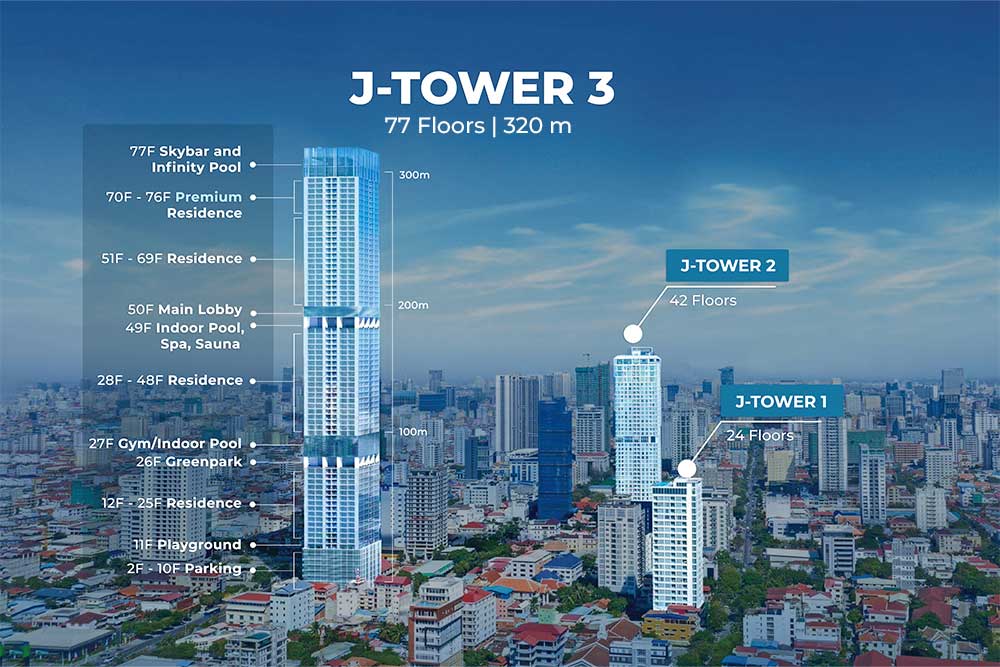Visa and Residency in the Philippines
- International Property Alerts
- July 10, 2025
Getting a visa and residency in the Philippines is a smart choice for people who want to live in a tropical country. The country offers different types of visas for visitors, workers, students, and retirees. Some options even let you stay for a long time. Rules are easy to follow, and the process is clear if you prepare well.
Also, life in the Philippines is simple and affordable. You’ll enjoy the warm weather, friendly people, and beautiful places. International Property Alerts shares useful tips to help you understand the steps. This guide will make your move easier and more informed.
Types of Visas in the Philippines

If you want to live, study, or work in the country, knowing your options for a visa and residency in the Philippines is very important.
Tourist Visa
A tourist visa lets you visit the Philippines for fun or short stays. You can stay for 30 days or more, depending on your country. After that, you may extend your stay at the Bureau of Immigration. This visa is great if you want to explore the country first.
Work Visa
A work visa is for people who want to get a job in the Philippines. You must have a job offer before you apply. Your employer must also help with your papers. With this visa, you can live and work in the country legally. In other words, you need the job first before you can get the visa.
Student Visa
A student visa is for those who want to study in the Philippines. You must be accepted by a school before you apply. The school must also be approved by the government. Once you have this visa, you can live in the country while you finish your studies.
Each visa has its own steps and rules. But they all lead to your goal of getting a visa and residency in the Philippines. So, make sure to choose the right one for your stay. Always check the latest rules before you apply. That way, you can avoid delays or problems by following a trusted country guide in the Philippines.
Long-Term Residency Options
If you plan to stay for a long time, there are several ways to get a visa and residency in the Philippines. These options allow you to live in the country without having to leave often. Therefore, you just need to choose the one that fits your situation—especially if you’re also exploring international property opportunities.
Special Resident Retiree’s Visa (SRRV)
The SRRV is a popular choice for retirees. It is offered by the Philippine Retirement Authority (PRA). To clarify, you must be at least 50 years old to apply. You also need to deposit money in a local bank. The amount depends on your age and if you receive a monthly pension.
Benefits of the SRRV include:
- Live in the Philippines without time limits
- You don’t need to renew your visa every year
- Can leave and return without reapplying for a visa
- You can bring your spouse and kids under 21
- You get discounts and other local benefits
In other words, this visa offers a simple path to a stress-free life in the country.
Other Long-Term Residency Options
Besides the SRRV, there are other ways to stay longer:
- Quota Immigrant Visa: For people from countries with fewer immigrants in the Philippines. Only 50 visas per year per country are approved.
- 13a Marriage Visa: For foreigners legally married to Filipino citizens. To clarify, you must meet health and income rules.
- Permanent Resident Visa: For people with family ties or treaties with the country, this visa also makes it easier to invest in real estate in the Philippines and build a long-term life.
These visas have different steps and rules. But they all help you get a visa and residency in the Philippines. So, choose the one that fits you best.
Requirements to Apply for Visa and Residency in the Philippines
Before you apply for a visa and residency in the Philippines, you need to prepare the correct documents. These are the basic requirements for most visa types—tourist, work, student, retiree, or marriage-based.
Common Requirements:
- Valid Passport: Must be valid for at least six months. Your passport should also have blank pages for stamps.
- Visa Application Form: Fill out the correct form based on your visa type. Double-check your answers before submitting.
- Passport Photos: Provide two recent passport-sized photos. Follow the size and background rules.
- Proof of Funds or Income: Show that you can support yourself. This may include bank statements, pension documents, or a job contract.
- Medical Certificate: Some long-term visas, like the SRRV or marriage visa, need a medical exam. A licensed doctor must complete this.
- Police Clearance: Submit a document showing that you have no criminal record. This may come from your home country or the local NBI.
- Marriage or Birth Certificates: Needed if you are applying as a spouse or family member. Documents must be certified or authenticated.
- SRRV Bank Deposit Certificate: If applying for the retiree visa, show proof of your bank deposit with a PRA-accredited bank.
- Visa Fees and Receipts: Pay the correct fee for your visa type and keep all payment slips.
- Biometrics (ACR I-Card): Most long-term visa holders need to register with the Bureau of Immigration and get an ID card.
So, if you’re planning to apply for a visa and residency in the Philippines, follow the updated checklist and avoid delays.
The Application Process Made Easy
If you want to live in the Philippines, you need something called a visa and residency in the Philippines. Don’t worry—it’s not too hard if you follow these steps one by one.
Step-by-Step Application Process
- Pick the right visa: This means choosing the type that fits you. Do you want to visit, work, study, retire, or live with your husband or wife in the Philippines? There’s a visa for each.
- Apply online or in person: If you’re still in your home country, you can use a website to apply. Also, if you’re already in the Philippines, you can go to a government office called the Bureau of Immigration.
- Gather required documents: You need to collect important papers. So, these include your passport, photos, forms, and proof you have enough money. In addition, if you’re married or retiring, you may need extra papers.
- Schedule your biometrics: This means going to the immigration office to get your picture and fingerprints taken. You need this if you plan to stay for a long time.
- Pay the required fees: Every visa costs money. After you pay, keep your receipts so you don’t lose proof.
- Attend your appointment: You may need to visit the immigration office for a short interview or checkup. Be on time and bring your papers.
- Track your application: You can check online to see if your visa is ready. Just use your reference number.
- Receive your ACR I-Card: After your visa gets approved, you will get a special ID card. It shows you can stay in the Philippines legally.
Also, our services can help you through each part. We make sure your papers are right and your appointments are booked.
So, if you follow all the steps, getting your visa and residency in the Philippines will be much easier. Just stay organized and start early.
Visa Extensions and Renewals
If you plan to stay longer, you can extend your visit. Therefore, knowing how to do that helps you keep your visa and residency in the Philippines legal and worry-free.
How to Extend a Tourist Visa
You can ask to stay longer in the country if you entered using a tourist visa. So, here’s how to do it:
- Go to the Bureau of Immigration: Visit a nearby office. Bring your passport and fill out the visa extension form.
- Submit the form and documents: Hand over your form, passport, and a copy of your current visa stamp.
- Pay the extension fee: Fees depend on how long you want to stay. Usually, you pay for 29 days or 1-2 months at a time.
- Wait for your passport: They will stamp your new stay date in your passport. You may get it the same day or within a few days.
You can do this many times, but there is a limit. Most tourists can stay up to 36 months total with extensions.
How to Convert a Tourist Visa
Sometimes, you may want to switch your tourist visa to another kind, like a work or student visa. So, here’s what you should do:
- Get a sponsor or reason to change: This could be a school, job, or spouse.
- Gather new documents: You’ll need more papers, like a letter of acceptance, job offer, or marriage certificate.
- Apply at the Bureau of Immigration: Submit your request to change your visa type.
- Pay the change fees: This costs more than extensions. Be ready for extra steps.
So, if you’re planning to extend or change your visa and residency in the Philippines, always check the latest rules. That way, you stay legal and avoid problems.
Living in the Philippines as a Resident
After getting your visa and residency in the Philippines, you can enjoy living in a warm and friendly country. In short, life here is simple, peaceful, and fun.
What to Expect as a Legal Resident
When you become a legal resident, you don’t need to leave the country often. So, you can stay as long as your visa allows. You can also open a bank account, rent or buy a home from our properties, and enjoy local services.
Benefits of Living in the Philippines
Here are some good things about living in the Philippines:
- Low cost of living: Groceries, rent, and transport are cheap. You can live well on a budget.
- Warm weather: The country is sunny almost all year. You can wear light clothes and enjoy the beach.
- Good healthcare: Private clinics and hospitals are clean and affordable. You can get medical help fast and easily.
- Kind people: Filipinos are friendly and speak English. Therefore, it’s easy to make friends and ask for help.
- Fun places to visit: You can enjoy beaches, mountains, islands, and cities. There’s always something new to see.
- Rich culture: The country has cool festivals, food, and traditions. That is to say, it’s a mix of Asian and Western styles.
Also, public services are easy to reach once you are a resident. You can apply for local IDs, get discounts, and even take part in community programs.
Living with a visa and residency in the Philippines gives you freedom, comfort, and a fresh start. Just follow the rules, respect the culture, and enjoy your new life.
Government Agencies and Support

If you want to get a visa and residency in the Philippines, you’ll need help from a few government offices. These agencies guide you through each step.
Bureau of Immigration (BI)
The Bureau of Immigration is where you go for most visa needs. This office helps with visa extensions, long-term stays, and getting your ACR I-Card. You must visit one of their branches in person. When you go, bring all your documents and ID. After that, wait for your name to be called. The staff will check your papers and tell you what to do next. If your papers are complete, they will process your visa.
Philippine Retirement Authority (PRA)
If you are applying for a retiree visa like the SRRV, the PRA will help you. This agency handles all retiree visa applications. They will ask for your passport, bank proof, and other forms. Their staff will also help you open a local bank account and schedule your medical exam. The PRA makes it easy to understand the steps, especially for older people.
Department of Foreign Affairs (DFA)
The DFA helps with visas if you are still outside the Philippines. You can visit a Philippine embassy or consulate in your home country. The staff there will check your documents and accept your application. After they approve it, they will place a visa sticker on your passport.
Government offices may seem hard to deal with, but they are there to help. So, if you follow the rules and stay polite, getting your visa and residency in the Philippines will be easier than you think.
Common Mistakes to Avoid
When applying for a visa and residency in the Philippines, small mistakes can cause big problems. So, learn what to avoid before you start the process.
Here are common mistakes and how to avoid them:
- Using expired documents: Always check if your passport, medical, or police papers are still valid. Update them early to avoid delays.
- Missing required papers: Don’t forget to bring all the needed forms, ID photos, and proof of funds. Make a checklist and double-check it before your appointment.
- Filling out forms the wrong way: Write clearly and follow every instruction. Mistakes on forms can cause rejections or delays. If you are unsure, ask for help.
- Not paying the right fee: Each visa type has a different fee. Always bring enough cash and ask for an official receipt. Keep your receipt safe in case you need it again.
- Waiting until the last minute: Apply early. If you wait too long, you might miss a deadline or have to pay extra for a rush process.
- Ignoring visa rules: Always follow the visa rules. Don’t overstay or work without permission. Breaking rules can lead to fines or bans.
- Skipping the biometrics step: Some visas need your fingerprint and photo. Always show up to your appointment, or your application may be delayed.
To get your visa and residency in the Philippines without problems, follow the rules and stay prepared. When you avoid these common errors, the process becomes faster, easier, and less stressful.
Key Takeaway
Getting a visa and residency in the Philippines is not hard if you follow the steps. You get to live in a warm, friendly, and affordable country. With the right visa, you can stay long-term, enjoy great healthcare, and explore beautiful places.
So, if you want to start a new life here, now is the best time. Begin your plans today and don’t wait too long. International Property Alerts can guide you through every step. If you have questions or need help, contact us. We’re here to make the process simple and stress-free for you.
FAQs
What are the main visa options for staying in the Philippines?
There are different visas depending on why you want to stay. You can get a tourist visa, work visa, student visa, or retiree visa. That is to say, each one has its own rules and steps.
Can I live in the Philippines permanently?
Yes, you can apply for long-term options like the SRRV or a permanent resident visa. These visas let you stay without leaving often. You also enjoy more local services and benefits.
What documents do I need to apply for a visa?
You need a valid passport, visa form, ID photos, and proof of income. Some visas may also ask for medical checks or police records. So, always check the exact list before applying.
How do I extend or change my visa while in the country?
You can go to the Bureau of Immigration to extend a tourist visa. If you want to change to a different visa, like a work or student visa, you must submit new documents. So, follow the steps carefully to avoid delays.
What mistakes should I avoid during the visa process?
Don’t use expired documents or forget your paperwork. Always pay the right fees and show up for your biometrics. Apply early and follow the rules to keep things simple.
About International Property Alerts
International Property Alerts is a premier global platform connecting real estate investors with handpicked opportunities in emerging and lifestyle-driven markets. Through curated listings, expert guidance, and market insights, we help buyers make confident property decisions worldwide.
Media Contact:

Phone: +4477 1923 8132
📱 WhatsApp: +63927 073 9530
Email: office@internationalpropertyalerts.com
Services
Related Post
- Best Places To Retire
- Hidden Places Destination
- Best Regions To Retire
- Guide To Global Life
- Affordable Places To Retire
- Elly's Insights
- Business Outlook
Discover Prime Global Opportunities

Elle Resort & Beach Club – Your Prime Beachfront Investment
Elle Resort & Beach Club offers a rare chance to own property in one of the most desirable coastal locations. With limited units, strong capital growth potential, and unmatched resort facilities, this is your opportunity to secure a beachfront lifestyle with long-term value.

Smarter Property Investments Start Here
Thinking about buying property abroad? Don’t make the move without the right knowledge. Our Free Buyers Guide gives you essential insights on legal steps, taxes, financing, and the best markets worldwide. Trusted by international buyers and investors.

Your Perfect Home Awaits at Sudara Residences
Wake up to bright, spacious living with stunning views and modern comforts. Whether for family living, retirement, or a stylish retreat, Sudara Residences makes your dream home a reality

Own a Piece of Cambodia’s Thriving Property Market
Discover curated property listings with IPS—residential, commercial, villas, land—and get expert guidance through every step.
BONUS: FREE Cambodia Buyer’s Guide

Grow Your Business - Advertise in a Prime Spot
High visibility. Targeted audience. Maximum exposure. Rent this space and let your brand shine.

Got Properties to Sell?
Get your properties in front of high-intent investors. Showcase your listings to buyers worldwide.

Exchange Without Borders
From pounds to pesos, yen to dollars. ⚡ Quick. Easy. Secure.
